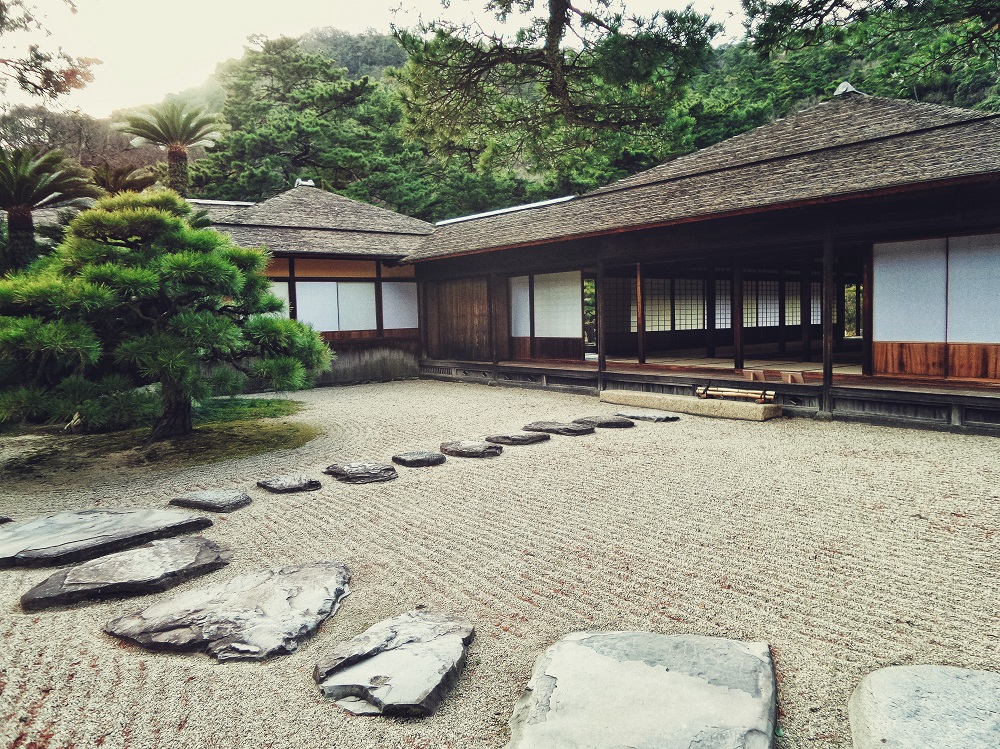The winter is about to begin in the northern hemisphere. But before the temperature drops to below freezing levels, ask yourself: Is your home ready to survive the cold days ahead?
Whether you moved to a new city or are a first-time homeowner, here are a few things you need to do to prepare your home and yourself for the coming winter season.
Check Your Heating Systems
First, you need to check if your home’s heating system is working correctly. You can hire a professional inspect, clean, and, if required, repair your heating system. You can find heating repair services all over Draper City and across Utah.
Clean your fireplace and chimney if you have them. Burning wood deposits an acidic material that can cause masonry or metal chimneys to deteriorate. A flammable material called creosote, which is a byproduct of incomplete combustion, may also catch fire and endanger everyone inside your home.
Similarly, birds nest, leaves, twigs, and branches might have accumulated in your chimney over the past year. It is also the perfect time to order some firewood.
Also, the Centers for Disease Control and Prevention recommends the installation of a CO (carbon monoxide) detector to detect the colorless, odorless, and poisonous gas. Routinely check that its batteries are still working.
Insulate Your Air Conditioning Unit
While your air conditioning unit will not be of use until summer, you should give it some love this winter. If you have a window unit, you can unplug it and bring it inside. If your air conditioning unit is permanent, cover it with waterproof vinyl. Secure the cover in place to make sure that it stays on even when the cold wind blows.
Check for Gaps in Insulation
Thinning areas in insulation naturally happen over time. Get a professional to assess your house’s insulation every year or obtain your laser thermometer for check for gaps. If the problem appears around vents or outlets, caulk them. If the insulation is weak in a wall, spray foam can be used to fill the gaps.
Check Your Drainage and Clean Your Gutters
Walk around your home and make sure that there are no areas for water to pool around your home’s foundation. Check if your rain gutter is moving water away from your house. If necessary, you can add downspout extenders.
Water in the foundation can create a problem when the temperature changes in the coming months. Water freezes in the winter and thaws in spring, which can cause structural damage to your house.
It is also the best time to clean the gutters. Now, leaves from nearby trees have fallen to the ground and can potentially block the drains. When gutters overflow, these blockages can send water outside and inside your house.
Shut Down Sprinkler Systems
Make sure that your sprinkler system is also winter-ready. Shut off lawn irrigation for the meantime and drain water from the pipes. If you do not take steps to winterize your sprinkler system, expect to replace broken lines comes springtime.
Inspect Surrounding Trees

Dead trees and weak tree branches pose a physical threat to your household. Trim branches that are in danger of falling off when ice spikes form. Also, cut down a dying tree that might get knocked off of the ground when strong winds blow.
Winterizing your home might take a lot of work, but, in the end, it is worth it. Your home will provide you safety and warmth during cold days ahead. Moreover, taking care of your home now will save you a lot of money on repairs in the future.


